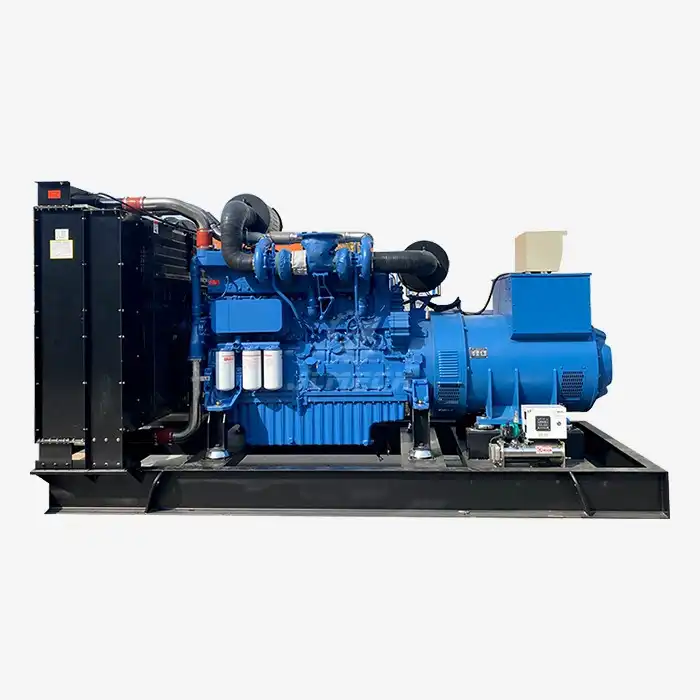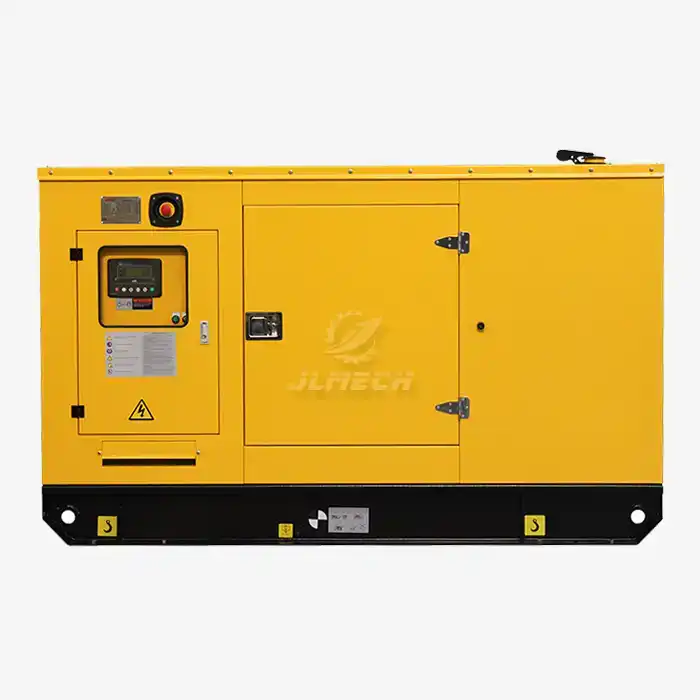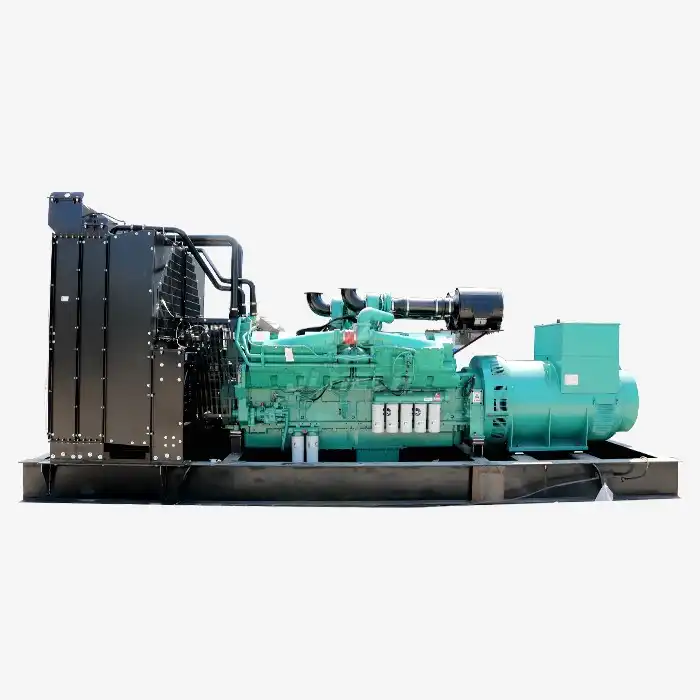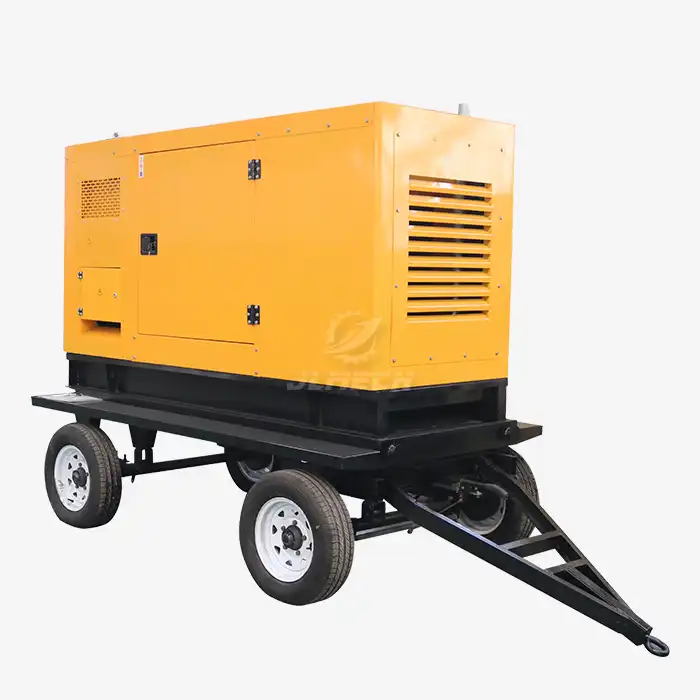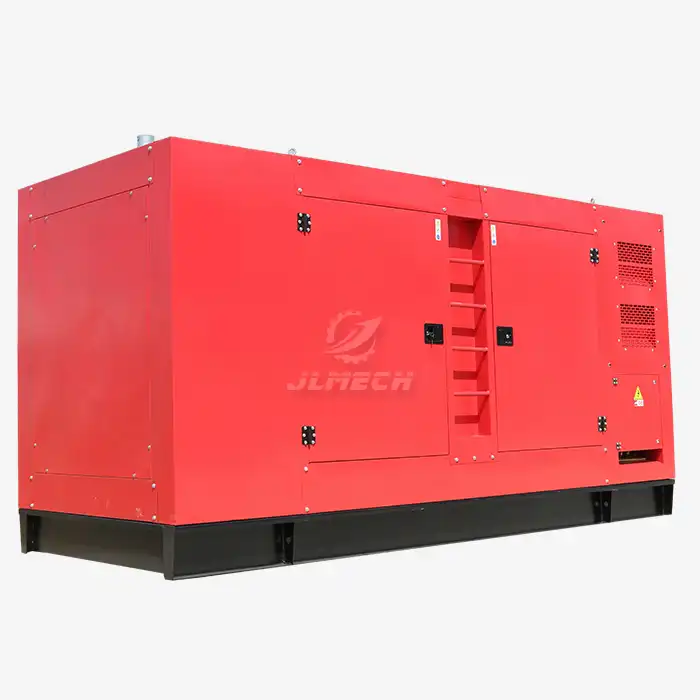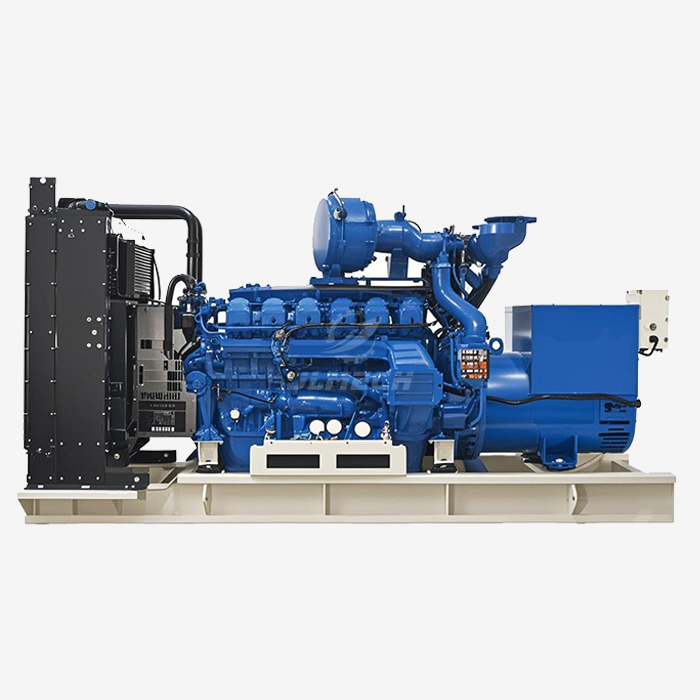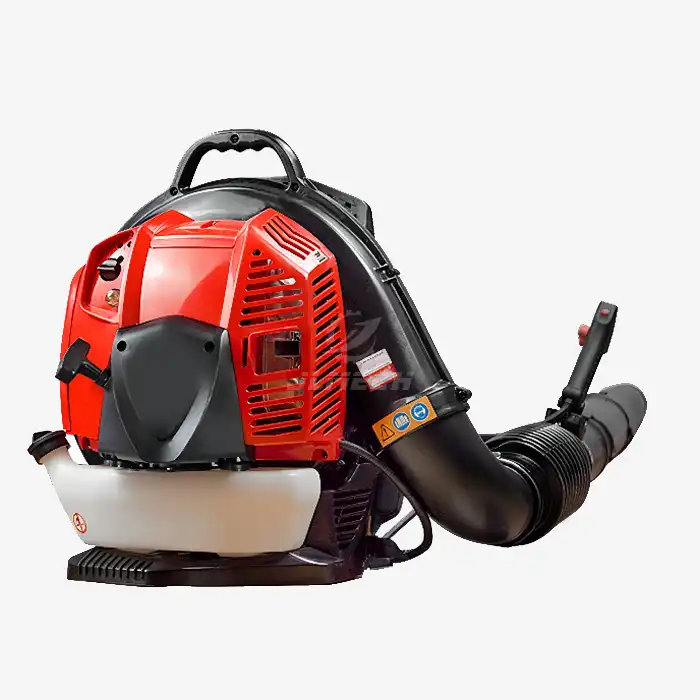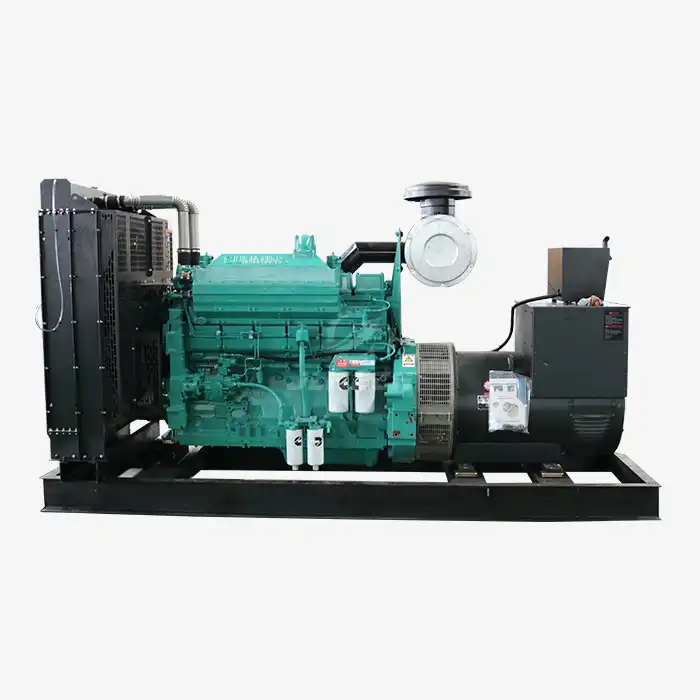How to Calculate the Right Diesel Power Generator Size for Your Needs?
Calculating the correct size for your diesel power generator involves a systematic approach to ensure you meet your power requirements without overspecification. Start by listing all the equipment and appliances that need to be powered simultaneously. Determine their starting and running wattages, paying special attention to devices with high starting loads like motors or compressors. Add up the total wattage, including both running and starting loads, to get your peak power demand.
Factoring in Load Types and Growth
Consider the nature of your loads – are they primarily resistive (like heating elements) or reactive (such as motors)? Reactive loads may require generators with larger alternators. Also, factor in potential future growth or additional equipment to avoid undersizing. It's generally recommended to add a 20-25% buffer to your calculated power needs for safety and flexibility.
Altitude and Temperature Considerations
Environmental factors play a significant role in generator performance. High altitudes and extreme temperatures can affect engine output. For every 300 meters above sea level, engine power typically decreases by about 3.5%. Similarly, high ambient temperatures can reduce generator efficiency. Consult with experts like those at Jlmech to adjust your calculations based on your specific location and climate conditions.
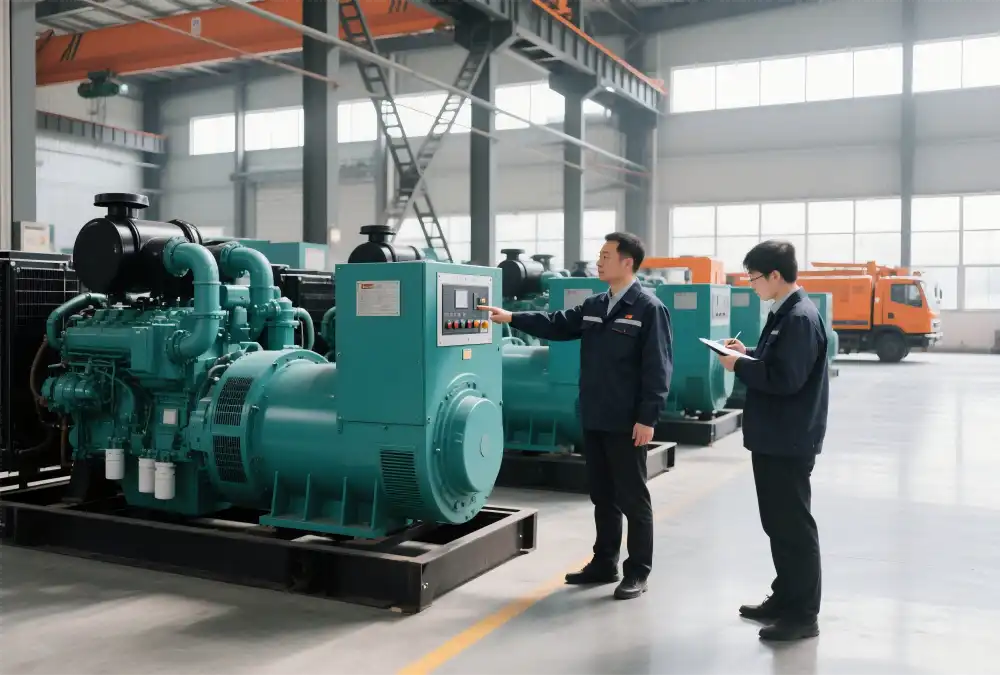
Diesel Power Generator Sizing Guide: Watts, Load & Runtime Explained
Understanding the relationship between watts, load, and runtime is crucial for proper diesel power generator sizing. Watts represent the generator's power output, while load refers to the power demand of your equipment. Runtime indicates how long the generator can operate on a full tank of fuel.
Wattage and Power Factor
Generator capacity is typically expressed in kilowatts (kW) or kilovolt-amperes (kVA). The relationship between kW and kVA is determined by the power factor, which is usually around 0.8 for most applications. This means an 80 kVA generator can typically provide about 64 kW of real power. Always consider both the continuous power rating (for sustained operation) and the standby rating (for emergency use) when evaluating generator specifications.
Load Management and Runtime Calculations
Efficient load management is key to optimizing generator performance and fuel consumption. Avoid running your generator at less than 30-40% of its rated capacity for extended periods, as this can lead to wet stacking and reduced efficiency. To calculate runtime, divide the fuel tank capacity by the fuel consumption rate at the expected load. Remember that fuel consumption increases with higher loads, so balance your power needs with desired runtime.
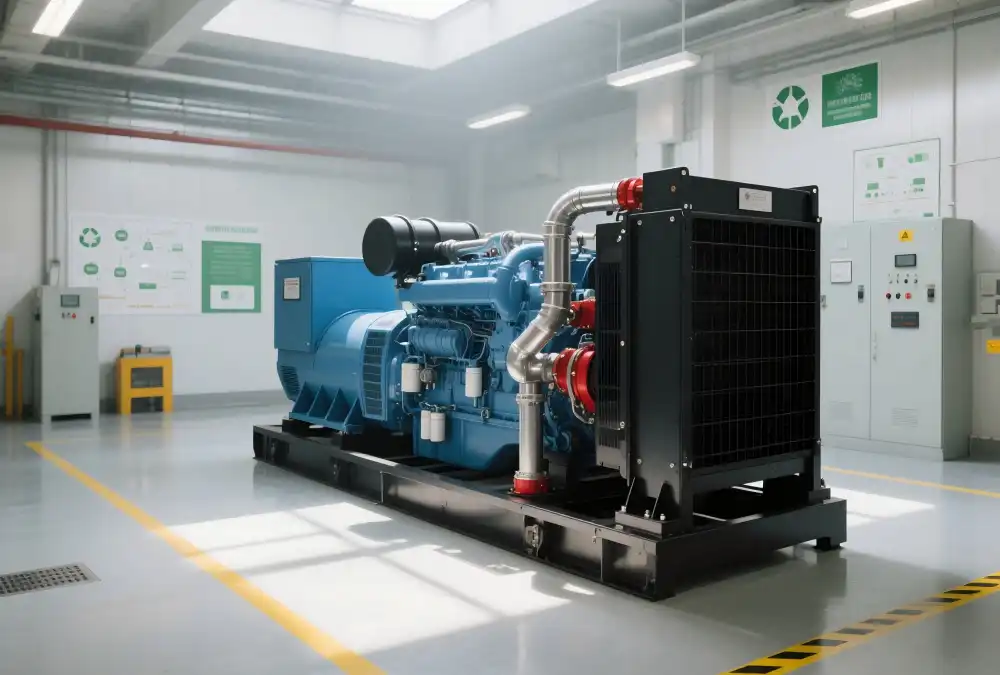
Portable vs. Industrial Diesel Generators: Which Power Rating Fits Your Application?
Choosing between portable and industrial diesel generators depends on your specific application, power requirements, and operational environment. Each type has its advantages and is suited for different scenarios.
Portable Diesel Generators
Portable generators are ideal for temporary power needs, construction sites, or small businesses requiring backup power. They typically range from 3 kW to 15 kW and offer flexibility in terms of mobility. These units are well-suited for powering essential equipment during outages or providing energy in remote locations. However, they may not be suitable for continuous, heavy-duty operations or powering large industrial loads.
Industrial Diesel Generators
Industrial generators are designed for high-capacity, continuous power supply in demanding environments. These units can range from 20 kW to several megawatts, making them suitable for factories, data centers, hospitals, and large commercial buildings. Industrial generators offer superior durability, longer runtimes, and advanced control systems for precise power management. They're built to withstand harsh conditions and provide reliable power for critical operations.
When selecting between portable and industrial generators, consider factors such as:
- Total power requirement
- Duty cycle (continuous vs. standby use)
- Mobility needs
- Environmental conditions
- Noise restrictions
- Fuel efficiency and storage capacity
For large-scale industrial applications or critical infrastructure, industrial diesel power generators are often the preferred choice due to their robustness and ability to handle complex load profiles. Conversely, for temporary or mobile power needs, portable generators offer a more flexible solution.
Where to Buy diesel power generator
When it comes to purchasing a diesel power generator, it's crucial to choose a reputable supplier that offers quality products and reliable support. Here are some key considerations for where to buy your generator:
Authorized Dealers and Manufacturers
Look for authorized dealers or direct manufacturers like Jlmech that specialize in diesel power solutions. These companies often provide comprehensive services, including custom sizing, installation, and after-sales support. They can offer expert advice on selecting the right generator for your specific needs and ensure compliance with local regulations.
Online Marketplaces and Specialized Retailers
While online marketplaces can offer a wide range of options, it's important to verify the credibility of the seller and the quality of the product. Specialized power equipment retailers, both online and brick-and-mortar, can be good sources for smaller portable generators and offer the advantage of seeing the product in person before purchasing.
Importance of After-Sales Service and Support
When choosing where to buy your diesel generator, consider the availability of after-sales service, warranty terms, and spare parts availability. A supplier with a strong support network can be invaluable for maintaining your generator's performance over its lifetime. Companies like Jlmech, with their global presence and dedicated support teams, can provide peace of mind for long-term generator ownership.
In conclusion, selecting the right diesel power generator involves careful consideration of your power needs, environmental factors, and operational requirements. Whether you're powering a construction site, ensuring continuous operations in a manufacturing plant, or providing backup power for a healthcare facility, proper sizing and selection are crucial for reliable performance and cost-effectiveness.
For industrial and commercial clients seeking robust, efficient diesel power generators, Jlmech offers a range of solutions tailored to diverse applications. With over 29 years of experience in power solutions and a global network spanning 10 countries, Jlmech is equipped to meet the most demanding power requirements. Our team of expert engineers can assist you in selecting the perfect generator for your needs, ensuring optimal performance and reliability.
Ready to find the ideal diesel power generator for your application? Contact Jlmech today at skala@whjlmech.com for personalized advice and quotes on our comprehensive range of generator solutions. Let us power your success with efficient, reliable, and customized diesel generator sets designed to meet the unique challenges of your industry.
References
1. Johnson, R. (2022). Diesel Generator Sizing: A Comprehensive Guide for Industry Professionals. Power Engineering Quarterly, 45(3), 78-92.
2. Smith, A. et al. (2021). Environmental Factors Affecting Diesel Generator Performance in Extreme Conditions. Journal of Energy Systems, 16(2), 210-225.
3. Brown, L. (2023). Comparative Analysis of Portable vs. Industrial Diesel Generators for Commercial Applications. Industrial Power Solutions Magazine, 28(4), 55-70.
4. Garcia, M. & Lee, K. (2022). Load Management Strategies for Optimal Diesel Generator Efficiency. Energy Efficiency in Industry, 39(1), 112-128.
5. Wilson, T. (2021). The Impact of Power Factor on Generator Sizing and Selection. Electrical Engineering Review, 33(2), 180-195.
6. Thompson, E. (2023). Advances in Diesel Generator Technology for Improved Fuel Efficiency and Emissions Control. Clean Energy Technologies, 17(3), 302-318.



